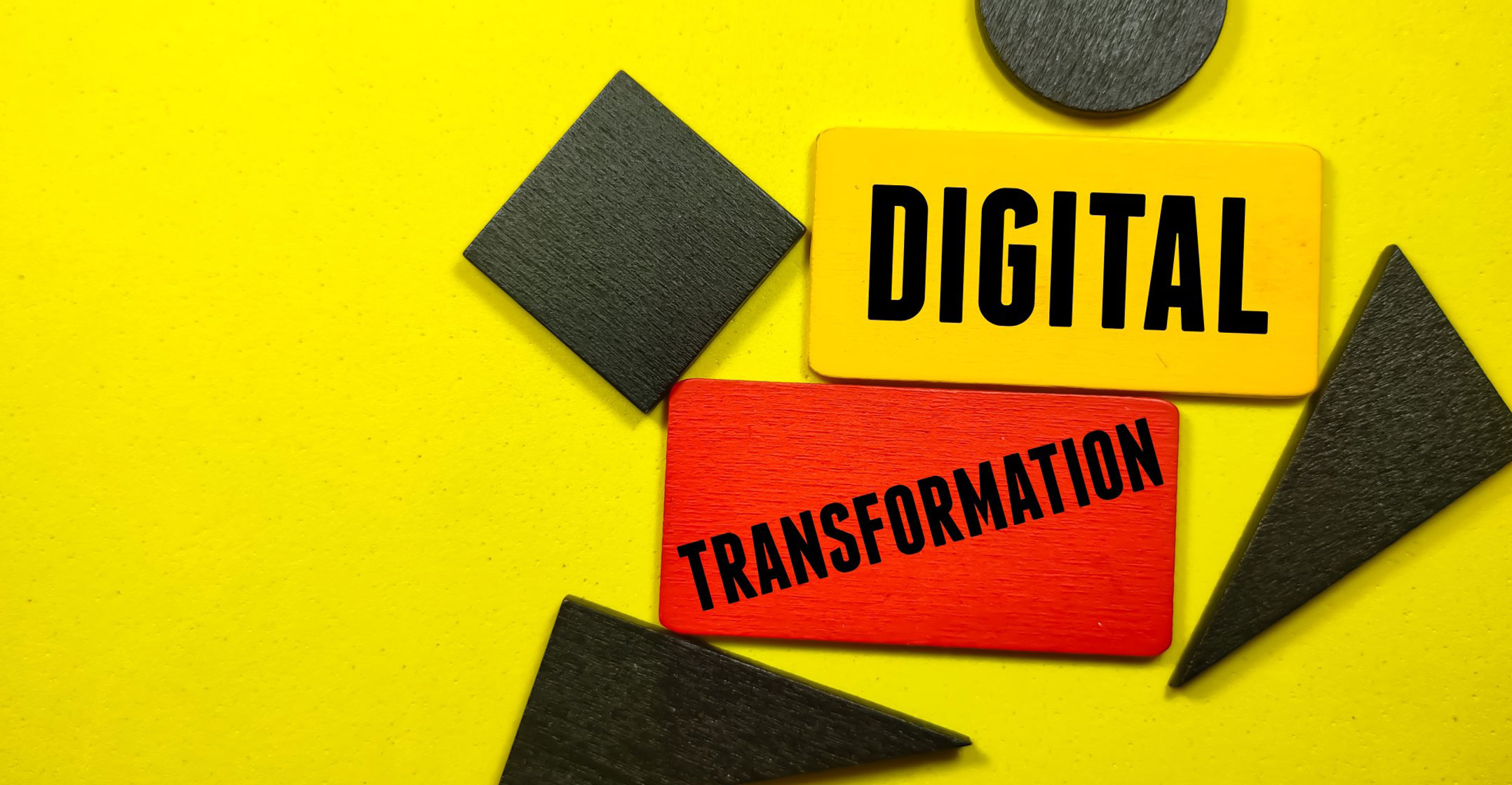 If a CEO turns to their CIO and says digital transformation is your job, what you’ll end up with is a modernisation of IT systems. What you won’t get, necessarily, is digital transformation.
If a CEO turns to their CIO and says digital transformation is your job, what you’ll end up with is a modernisation of IT systems. What you won’t get, necessarily, is digital transformation.
When an entity or organisation makes digital transformation the CIOs job, it’s doing it incorrectly. The CIO is a contributor towards digital transformation, but unless there is a strategic business decision made to go down the road of digital transformation, it will never be fully successful.
Implementing a new technology is not digital transformation. Digital transformation includes transformation, at a technology level, which is the CIO’s role, but it is only done in the context of a much broader shift where a business is changing its operating model in a way that uses technology that’s never been done (or never been done in that organisation).
An example is a South African medical aid company realising that Covid-19 was affecting people to the extent that they weren’t going to the gym — gyms were closed. The company brought an online trainer to the fore, who has now become the personal online trainer for millions of South Africans. This is a great example of digital transformation — where a company shifted a business model, using technology to have a positive impact on customers.
Not a CIO decision
This example is a clear indication that it was not a CIO decision. It was a decision that came from the marketing department or higher up. The CIO had to make sure that the technology was there, sure, and had to ensure that the online training could be recorded and stored somewhere so that clients who wanted it were able to access it. That was the CIO’s job. The CIO did not go marketing and say, “Hey, let’s do an online gym programme!”
Digital transformation does not actually exist if the goal is in fact digital business transformation. The word “business” is often omitted from the phrase but should always be kept in mind. Digital transformation is not about technology for technology’s sake, but technology as a key enabler for transforming how we do business into the future.
Another way of seeing digital transformation is as The Open Group consortium defines it in its Digital Practitioner Body of Knowledge standard, which is “a strategy and an operating model change in which technological advancements are leveraged to improve human experiences and operating efficiencies, and to evolve the products and services to which customers will remain loyal”.

The Open Group’s Seven Levers of Digital Transformation framework is a good starting point to make more sense of the concept of digital transformation. From this framework, I came up with a definition I believes sums digital transformation: It is business process transformation and optimisation that is focused on customer centricity, is data-fuelled and enabled by technology, and is led by people from an organisational culture perspective that are strategically aligned to bring about business transformation and the next-generation of products or services.
At its simplest level, digital transformation is about generating business advantage from digital technologies.
Whose job is it then?
So, whose job is digital transformation? Who is ultimately responsible? After all, someone needs to be held accountable for it and should take responsibility for making it a reality.
To answer this, we must look at what will be the driver of digital transformation in organisations. There are actually a few drivers. Changing and improving customer experience must be the foremost driver and that is ultimately driven by business and not by IT. IT plays a role in delivering it through technology, as the enabler, but it should not be seen as the driver of it.
Digital transformation can be a tricky concept for some people to comprehend, especially when it comes to its ownership. You can’t have digital transformation without technology. However, technology is only the backer and not the ultimate owner. It has to be people-led.
Digital transformation is not the CIO’s job. The CIO seldomly deals with the customer and the direct customer experience. Yes, the CIO will play a role in delivering some of the technology to enable digital transformation, but it is not the role and responsibility of the CIO to drive and see to it that digital transformation in an organisation happens.
There isn’t one person that owns digital transformation. But the primary responsibility lies with the CEO. Those who say that digital transformation is the CIO’s job are probably the same people who are confusing the modernisation of technology and digital transformation.
- James Hickman is chief customer officer at Altron Karabina




